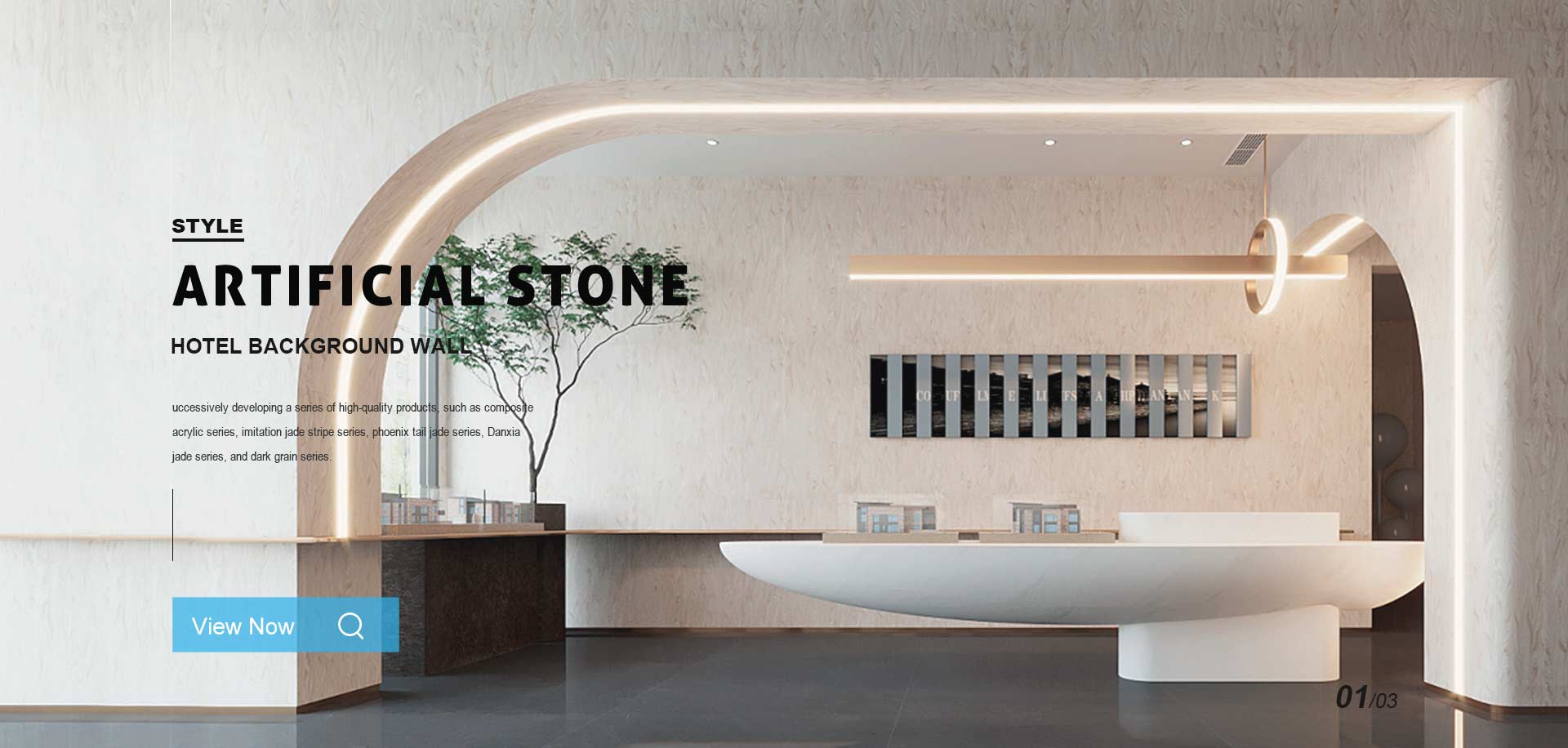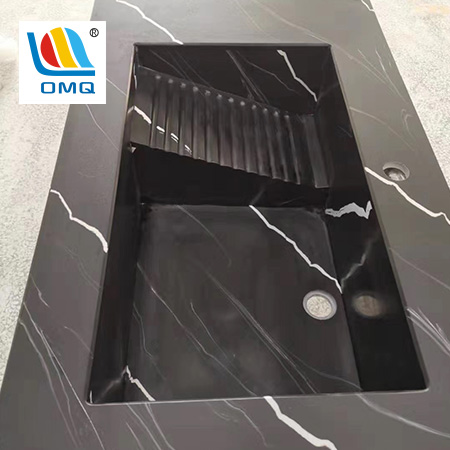
Solid Surface Sinks have gained widespread popularity due to their seamless design, durability, and versatility. These sinks, made from composite materials, offer a unique blend of aesthetic appeal and practicality. To make the most out of Solid Surface Sinks, it's essential to understand how to rationally use them. This article explores the various aspects of rational usage, focusing on design choices, maintenance practices, and environmental considerations.

1. Design Integration: Harmonizing with the Space
One of the key aspects of rational usage is the integration of Solid Surface Sinks into the overall design scheme. Whether it's a contemporary kitchen, a stylish bathroom, or a commercial space, selecting a sink that harmonizes with the surrounding decor is vital. Rational design choices consider factors such as sink size, shape, and color, ensuring seamless integration with the existing interior aesthetics.
2. Material Selection: Prioritizing Durability and Hygiene
Rational usage of Solid Surface Sinks begins with selecting high-quality materials. Opt for sinks made from durable, non-porous materials that resist stains and scratches. These materials are not only visually appealing but also easy to clean and maintain, ensuring long-lasting functionality. Prioritizing hygiene is crucial, especially in kitchens and bathrooms, making solid surface sinks an ideal choice due to their resistance to bacteria and mold growth.
3. Proper Installation: Ensuring Stability and Longevity
Proper installation is paramount for the rational use of solid surface sinks. It involves ensuring the sink is securely mounted, avoiding any wobbling or instability. Professional installation guarantees a tight seal, preventing water leakage and potential damage to surrounding structures. Rational users invest in skilled professionals to install their sinks correctly, ensuring both safety and longevity.
4. Maintenance Practices: Preserving Aesthetics and Functionality
Maintaining the pristine appearance and functionality of solid surface sinks requires regular cleaning and care. Rational users adopt gentle cleaning methods, avoiding abrasive cleaners that might damage the surface. Using non-abrasive sponges and mild, pH-balanced cleaners preserves the sink's finish and prevents scratches. Additionally, promptly addressing stains and avoiding prolonged exposure to harsh substances prolongs the sink's lifespan.
5. Environmental Considerations: Responsible Usage
Rational usage extends to environmental responsibility. Opt for eco-friendly, sustainable materials when choosing a solid surface sink. Additionally, consider water-saving faucets and adopt mindful water usage habits to conserve resources. Rational users explore options for recycling or repurposing old sinks, reducing environmental impact and contributing to a sustainable future.
Conclusion
In conclusion, the rational usage of solid surface sinks involves a holistic approach that encompasses thoughtful design, durable material selection, proper installation, meticulous maintenance, and environmental consciousness. By adhering to these principles, users can optimize the functionality, longevity, and aesthetics of their solid surface sinks. Through rational usage, these sinks become more than just fixtures; they become symbols of mindful design, durability, and environmental stewardship, enriching both living spaces and the planet.